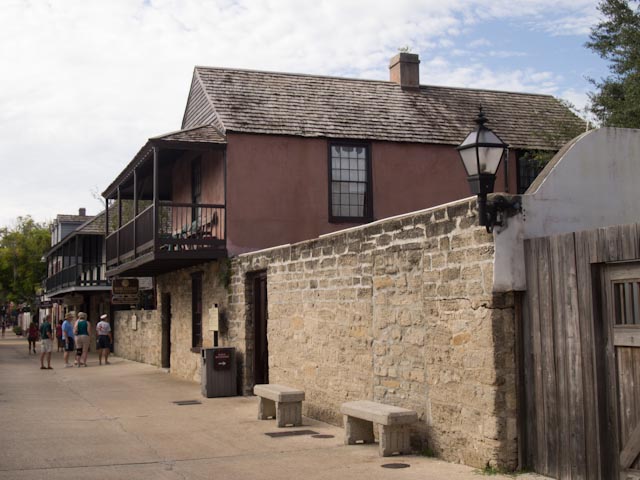
Historic preservation standards protect your community’s heritage and your building’s value
Our historic buildings are a national treasure that serves as a source of education, community pride, and economic development. Cities like St, Augustine, FL and Savannah, GA derive millions of dollars in revenue each year due to the historic buildings in their downtowns and enlightened historic preservation policies.
If you are fortunate enough to own a historic building you have a financial asset that must be maintained. To benefit from its history, a historic preservation designation is needed. Any construction work done to make the property functional in the modern age has to follow national and local standards and guidelines. Compliance will ensure you receive any tax incentives on offer.
For guidance, you need to rely on a team of professionals. It may include architects, architectural historians, historians, archeologists, general contractors, project managers, and others. These professionals specialize in the preservation, rehabilitation, and restoration of historic properties.
Today we will look at the standards and guidelines you must follow when rehabilitating your historic property. But first, let’s take a look at all the categories of historic preservation construction.
Types of historic preservation construction work
There are four approaches to construction work on historic buildings. They are defined by the U.S. Secretary of the Interior’s Standards for the Treatment of Historic Properties.
- Preservation: places a high premium on preserving the historic fabric of the building through conservation, maintenance, and repair. It looks to preserve the property over time, and through successive users, and any respectful changes or alterations that have to be made.
- Rehabilitation: emphasizes the retention and repair of historic materials, but more latitude is provided for replacement. It is assumed a building may be more in worse shape before work begins.
- Restoration: focuses on keeping materials from the most historically significant time in a property’s lifespan, while permitting the removal of materials from other periods.
- Reconstruction: establishes limited opportunities to re-create a non-surviving site, landscape, building, structure, or object with all new materials. 1
Definition of Standards for Rehabilitating Historic Buildings
The following information (grey text) comes from the U.S. Secretary of the Interior’s website with minimal editing. It is by necessity legalistic so put your concentration cap on. 😉
The Standards for Rehabilitation (codified in 36 CFR 67 for use in the Federal Historic Preservation Tax Incentives program) address the most prevalent rehabilitation treatments. “Rehabilitation” is defined as “the process of returning a property to a state of utility, through repair or alteration, which makes possible an efficient contemporary use while preserving those portions and features of the property which are significant to its historic, architectural, and cultural values.”
Initially developed to determine the appropriateness of proposed work on registered properties within the Historic Preservation Fund grant-in-aid program, the Standards for Rehabilitation have been widely used over the years–particularly to determine if a rehabilitation qualifies as a Certified Rehabilitation for Federal tax purposes. [Read more…]